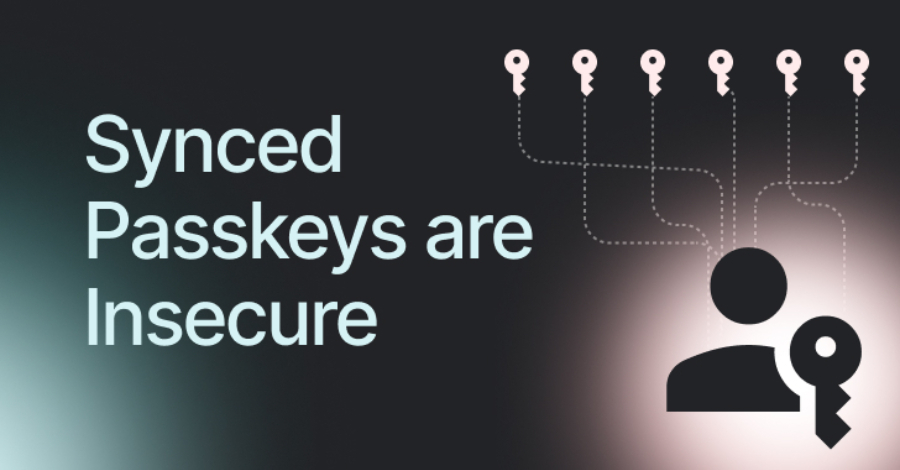In recent cybersecurity developments, threat actors have been leveraging Portable Document Format (PDF) files to impersonate reputable brands such as Microsoft, DocuSign, NortonLifeLock, PayPal, and Geek Squad. These campaigns aim to deceive recipients into divulging sensitive information or installing malicious software through a method known as Telephone-Oriented Attack Delivery (TOAD), or callback phishing.
Understanding TOAD-Based Phishing Attacks
TOAD attacks involve sending phishing emails that prompt recipients to call a phone number controlled by cybercriminals. Once the victim initiates the call, the attacker, posing as a legitimate customer service representative, manipulates the individual into providing confidential data or downloading harmful software. This technique exploits the inherent trust people place in phone communications, making it a potent tool for cyber deception.
Mechanics of the Attack
Between May 5 and June 5, 2025, an analysis of phishing emails with PDF attachments revealed that Microsoft and DocuSign were the most impersonated brands. These emails typically contain PDF attachments that display logos and branding elements of these companies, lending an air of authenticity. Within these PDFs, victims are either prompted to scan malicious QR codes leading to counterfeit login pages or to click on links redirecting them to phishing sites masquerading as legitimate services like Dropbox.
In TOAD-based attacks, the PDF may instruct the recipient to call a specified phone number to resolve an issue or confirm a transaction. Upon calling, the victim is connected to an attacker who employs social engineering tactics to extract sensitive information or guide the victim through steps that result in malware installation. These interactions often include scripted dialogues, hold music, and spoofed caller IDs to enhance the illusion of legitimacy.
The Role of PDFs in Phishing Campaigns
PDFs are a favored medium for these attacks due to their widespread use and the general perception of their safety. Cybercriminals exploit this trust by embedding malicious content within PDFs, such as:
– QR Codes: Victims scanning these codes are directed to phishing websites designed to harvest login credentials.
– Embedded Links: Clickable links within the PDF lead to counterfeit websites that mimic legitimate services, prompting users to enter sensitive information.
– Annotations and Form Fields: Malicious URLs can be hidden within annotations or form fields, making them less conspicuous and more likely to evade detection.
Case Studies of PDF-Based Phishing Attacks
1. Impersonation of U.S. Government Agencies: A hacking group known as TA4903 has been impersonating U.S. government entities like the Department of Transportation and the Department of Agriculture. They distribute PDFs containing QR codes that, when scanned, redirect victims to phishing sites resembling official government portals. These sites are designed to steal credentials and other sensitive information. ([news.cloudsek.com](https://news.cloudsek.com/2024/03/ta4903-hackers-unleash-advanced-bec-tactics-impersonate-u-s-government-agencies/?utm_source=openai))
2. Malware Distribution via Fake PDF Viewers: The North Korean state-sponsored Lazarus Group has targeted macOS users by distributing a trojan named RustyAttr. This malware is delivered through a fake PDF viewer application, which, when executed, downloads additional malicious payloads from attacker-controlled servers. ([tomsguide.com](https://www.tomsguide.com/news/hackers-are-using-a-fake-pdf-viewer-to-infect-macs-with-malware-how-to-stay-safe?utm_source=openai))
3. Business Email Compromise (BEC) Attacks: Cybercriminals have been impersonating U.S. government agencies in BEC attacks by sending emails with PDF attachments that contain links to fake bidding processes. These PDFs are themed after the spoofed organization and often share consistent design elements and metadata, including author names pointing to Nigerian origin. ([cybernoz.com](https://cybernoz.com/hackers-impersonate-u-s-government-agencies-in-bec-attacks/?utm_source=openai))
Evasion Techniques Employed by Attackers
To circumvent detection by security systems, attackers employ various evasion techniques within PDFs:
– Obfuscation: Malicious content is concealed using complex compression and masking features, making it difficult for security tools to identify harmful elements.
– Hidden Clickable Regions: Clickable areas are embedded within the PDF, often accompanied by visually concealed text or images, leading unsuspecting users to malicious sites.
– Use of Legitimate Services: Attackers host malicious payloads on reputable platforms like Discord or Pastebin, reducing the likelihood of detection.
Mitigation Strategies
To protect against these sophisticated phishing campaigns, individuals and organizations should adopt the following measures:
1. User Education: Regular training sessions to raise awareness about phishing tactics, including the risks associated with unsolicited PDFs and QR codes.
2. Email Filtering: Implement advanced email filtering solutions capable of detecting and quarantining suspicious attachments and links.
3. Multi-Factor Authentication (MFA): Enforce MFA across all accounts to add an extra layer of security, making it more challenging for attackers to gain unauthorized access.
4. Regular Software Updates: Ensure that all software, especially PDF readers and email clients, are up-to-date to mitigate vulnerabilities that could be exploited by attackers.
5. Verification Protocols: Establish procedures to verify the authenticity of communications, especially those requesting sensitive information or urgent actions.
Conclusion
The exploitation of PDFs in phishing campaigns underscores the evolving tactics of cybercriminals who continuously adapt to bypass security measures. By understanding these methods and implementing robust security practices, individuals and organizations can better defend against such deceptive attacks.



